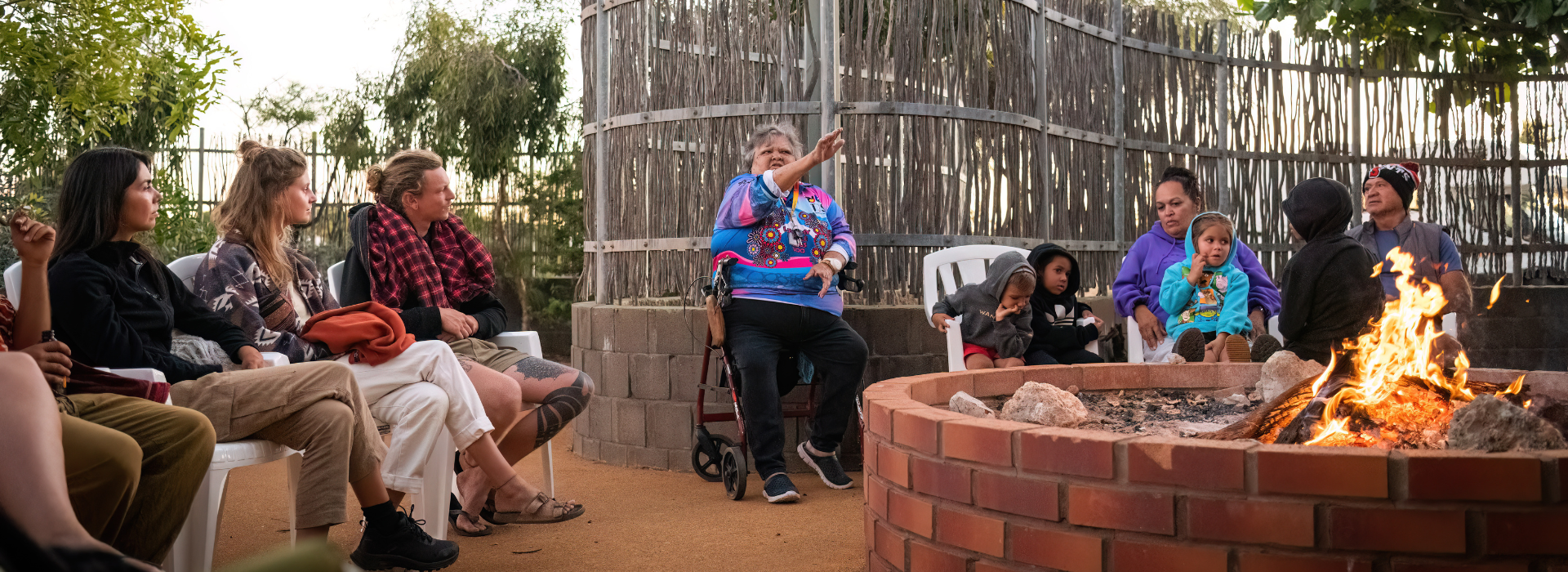
Stories from the Region
life on the banks of the Gascoyne River
In December 2010, a series of upstream rain events, measuring 300mm followed from several years of drought. The drought leaving the earth dry, caused a mass of water to rapidly accumulate in the 85,000 km2 Gascoyne catchment area on 15 December and as the rainfall increased, it filled the lower to upper catchments over Thursday 16 and Friday 17 December.
The mass of water started as a trickle at first, eventually beginning to rapidly fill the Gascoyne River, making its way downstream into the Indian Ocean. As the river started to rapidly flow, Carnarvon was inundated by a record breaking 247.6 mm of rain within a 24 hour period, on 17 December 2010.
This deluge in conjunction with the huge influx of flood waters from the Gascoyne catchment area caused devastating losses in its wake. With the Gascoyne River rapidly flowing, passing through the towns of Gascoyne Junction, Carnarvon, pastoral stations and the horticultural district.
In the flood’s pathway, stations between Gascoyne Junction and Carnarvon suffered the loss of livestock, fencing, soil, homes, and livelihoods as the flood water made its way into the Carnarvon township, washing away thousands of animals and millions of tonnes of soil. Plantations lost crops, machinery, top soil and some lost their homes.
Fortunately, no human lives were lost however, it destroyed lives, homes and left people in financial ruin causing physical, emotional, and financial hardship, leaving some unable to recover from the devastation.
As the flood waters began to fall, the cleanup and recovery was in full swing and the community began to pick up the pieces left in the flood's wake, some taking refuge with neighbours while they assess the damage. Food, essential items and medication was delivered to some by helicopter as they were cut off from town sites.
The Western Australian Government declared Carnarvon a natural disaster zone with damages estimated to cost nearly $90 million.
SES volunteers used three helicopters and two fixed-wing aircrafts to distribute emergency packages containing food, water and medical supplies to residents most in need. SES volunteers also aided in the rescue of residents by helicopter, lifting people to safety and transporting them to the Carnarvon Regional Hospital to seek medical aid. Carnarvon Civic Centre housed 200 people who required emergency accommodation during the disaster.
In 2012 works commenced on the Carnarvon Flood Mitigation Works Project. This project saw the installation of a series of 5 levees, totaling a length of 17km, strategically placed around the town to prevent future flooding.


